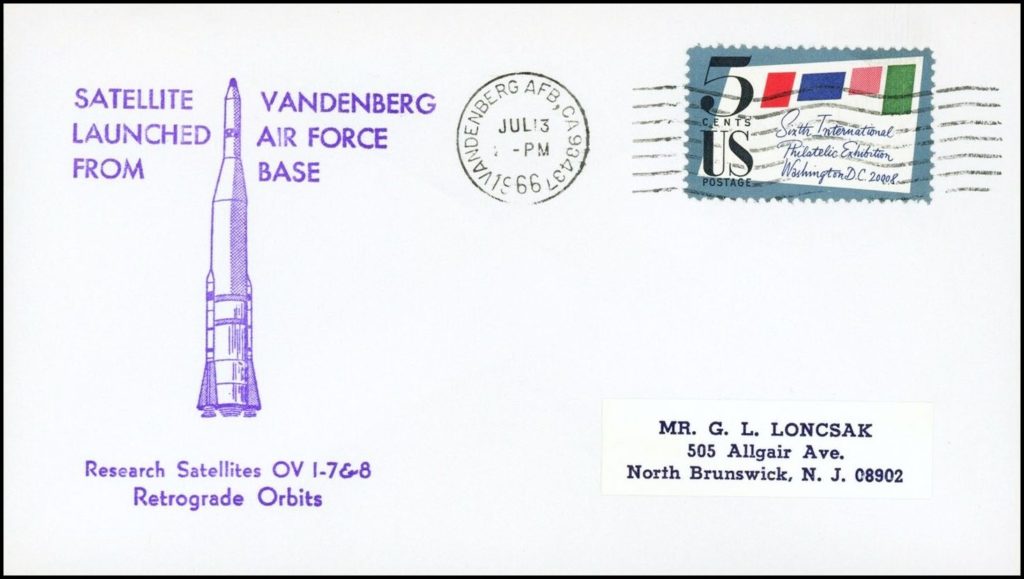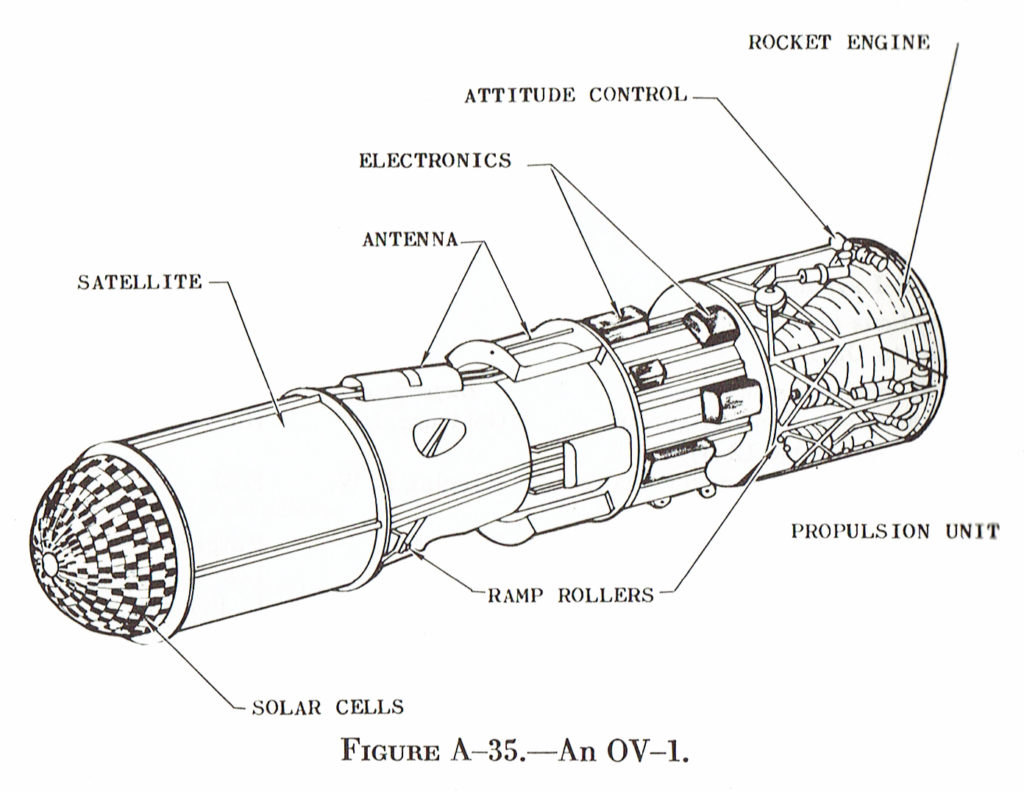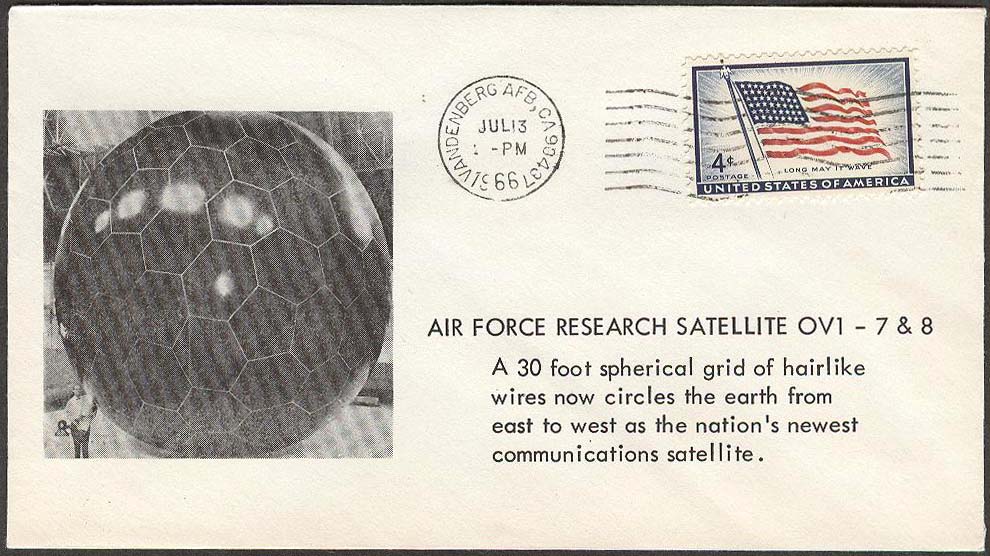
by Gideon Marcus
Tune out, turn off, drop in

Lately, the Journey's been fairly taken over by the boob tube. These days, it seems all we do is cover Star Trek, Doctor Who, Raumpatrouille Orion, and like that.
Don't get me wrong — I like these shows, and our circulation numbers show you do too. But let us not forget that science fiction began as a literary tradition, and those lovely monthly magazines crammed with speculative morsels are still with us. Sometimes it's great to unplug from the clamor of the idiot box, curl up in a sunbeam, and read some great STF.
Thankfully, there's a lot of great stuff in the latest issue of Fantasy and Science Fiction…
Under the cover

by Bert Tanner
The Manor of Roses, by Thomas Burnett Swann
This is one of the few times (the first?) that an American magazine has been graced with Mr. Swann's work. Normally, he spins modern retellings of mythological tales for the British mags. But oh are we glad to have him here!
The Manor of Roses, set in King John's England, is the story of two adoptive brothers. John is of gentle Norman birth; his inseparable villein companion, Stephen, comes from the stock of Saxon nobles. Together, they steal away from their homes hoping to join in a latter Crusade in the Holy Land.
In a crypt they find along the way, they discover what appears to be an angel. The beautiful young thing lies in repose, clutching a cross, professing to have lost her memories. Stephen names her Ruth and takes her for an omen of good fortune, beseeching her to join their party.
Their expedition soon runs afoul of a community of Mandrakes, the one fantastical element in this richly drawn historical portrait. These humaniform beings look like people after hatching, but soon grow hairy and woody. Hunted for their bodies, which are rumored to make powerful aphrodisiacs, they are understandably hostile to humans. Nevertheless, they are Christian, after a fashion, and Ruth secures the freedom of their party by bartering her cross.
Whereupon we come to the Manor of Roses and encounter the true narrator of the story, as well as the truth about Ruth. I shall say no more of the plot.
As for the story, it is a beautiful thing, both engaging and educating. Swann has such a subtle flow to his writing. Indeed, I struggle to explain why I "only" give this story four stars instead of five.
You may well not restrain yourself as I have. Either way, it's fine reading and bravo, Mr. Swann.

by Gahan Wilson
The Best Is Yet to Be, by Bryce Walton
Retirement homes are a growing phenomenon these days. Who wouldn't like to live out their sunset years in coddled comfort? But what if the gilded cage is too suffocating? And what is the value of secure longevity if one can't be with one's lifelong love?
Walton (who has been writing since the mid-forties) offers up a resonantly emotional story of a man who must live on his own terms, even if it means discarding all of his safety nets.
The sting in the story's tale is neither positive nor negative. I think it could have been more adroitly done so as to cast doubt on the reality of all that transpires in the piece. But it also could have been more heavy-handed, destroying the raw joy of the escapee's journey.
So I call the story a memorable four stars, and (unlike with the Swann) fully cognizant of how it might have gotten to five.
Heir Apparent, by Ed M. Clinton, Jr.
Here's a strange throwback of a story. Fellow on Alpha Centauri writes to his (presumed) fiancee, describing how a tremendous genetic discovery made by his father means that he can no longer see her again.
For there are people on Alpha Centauri. Well, mostly. Homo similis centauri is essentially human but lacking the frontal lobe. Said father archaeologist begins rather scandalous attempts at cross-breeding, ultimately producing a viable being. Surprise, surprise (not really), that offspring is the narrator.
It all reads like the Lovecraft stories where the storyteller discovers that he is really a fish-man or something and goes insane. Clinton doesn't have his protagonist go crazy, exactly, but the result is much the same.
I dunno. It didn't do it for me. Two stars.
Earth Tremor Detection, by Theodore L. Thomas
Thomas, in his "science" article, makes the rather broad leap from seismometers that can tell the signature of a Russkie H-bomb test to delicate acoustic sensors that can tell a person from one's distinctive walking pattern.
Seems like a stretch, Ted. Two stars.
A Friend to Alexander, by James Thurber
The one reprint of the issue, this is my first encounter with the prolific Mr. Thurber. A fellow has nightmares about watching Aaron Burr goad Alexander Hamilton into a duel, ultimately killing him. Then, in sleep, the dreamer becomes Burr's target of harrying.
It's well told, but the ending offers no surprises. Perhaps there were no surprises to be had in the forties?
Three stars.
Neutral Ground, by Norman Spinrad
Welcome back, Mr. Spinrad! In this tale, astronauts range unknown worlds not with the help of rockets and space suits, but with drug-enhanced clairvoyance. Neutral Ground details the encounters one particular psychonaut has with a dreadful alien presence that gets closer with every mission. Our hero is torn between fear of the inchoate threat and the desire to learn what it is.
I found this story particularly interesting as the plot is somewhat similar to one of mine called Clairvoyage (though, of course, there is no chance of cross-pollination). I liked it, though I found the end perhaps a touch pat.
Still, a memorable four star story.
Old Man River, by Isaac Asimov
Dr. A is at it with his lists again, this time describing the longest rivers — and just what length means in a riparian context. I usually find The Good Doctor's list articles to be his lesser ones, but this one made me rethink how I approach geography, one of my favorite subjects.
Four stars.
The Devil and Democracy, by Brian Cleeve
Last up, a novelette featuring Old Nick. Seems the demons are on strike. Shoulder to shoulder with the damned souls, they refuse to let any new entrees into the underworld until their demands are met. Mephistopheles hatches a plan to bust the strike, but it'll take a Hell of a lot of cleverness to see it through.
I tend to like Satanic stories, but this one is not as clever as it thinks it is. Weighing the piece's pros and cons against each other, they come out fairly balanced. So, three stars.
Closing the Book
All in all, the November F&SF is a somewhat uneven, but ultimately rewarding experience. Moreover, for just four bits (cheaper than most mags these days), I obtained several hours of speculative entertainment. Compared to the flickering wares of the television, which even at their best are alloyed with vapid commercials, I think magazines still hold their own.
There's still plenty of new left in the old medium!

by Bert Tanner
[Speaking of new works in print, there is now a new installment in The Kitra Saga! Sirena has been a smash hit, and I think you'll dig it, too. Buy a copy…you'll be supporting me and getting a great read at the same time!]

![[October 22, 1966] Why Johnny Should Read (November 1966 <i>Fantasy and Science Fiction</i>)](https://galacticjourney.org/wp-content/uploads/2021/10/661022cover-653x372.jpg)


![[September 22, 1966] True Idols (the Isaac Asimov issue of <i>Fantasy and Science Fiction</i>)](https://galacticjourney.org/wp-content/uploads/2021/09/660920cover-659x372.jpg)





![[September 14, 1966] All the Old Familiar Places (October 1966 <i>Galaxy</i>)](https://galacticjourney.org/wp-content/uploads/2021/09/660912cover-672x372.jpg)
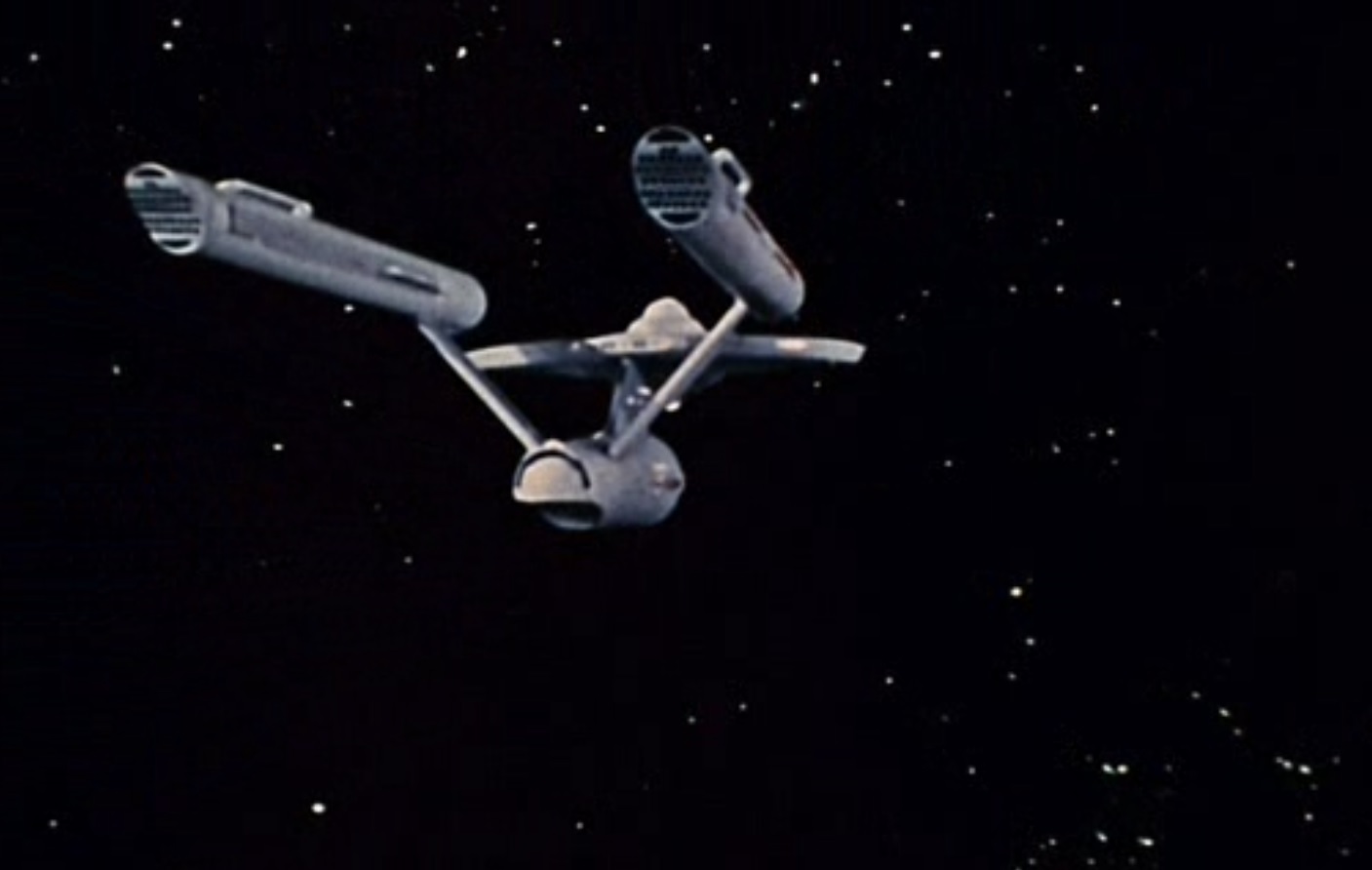
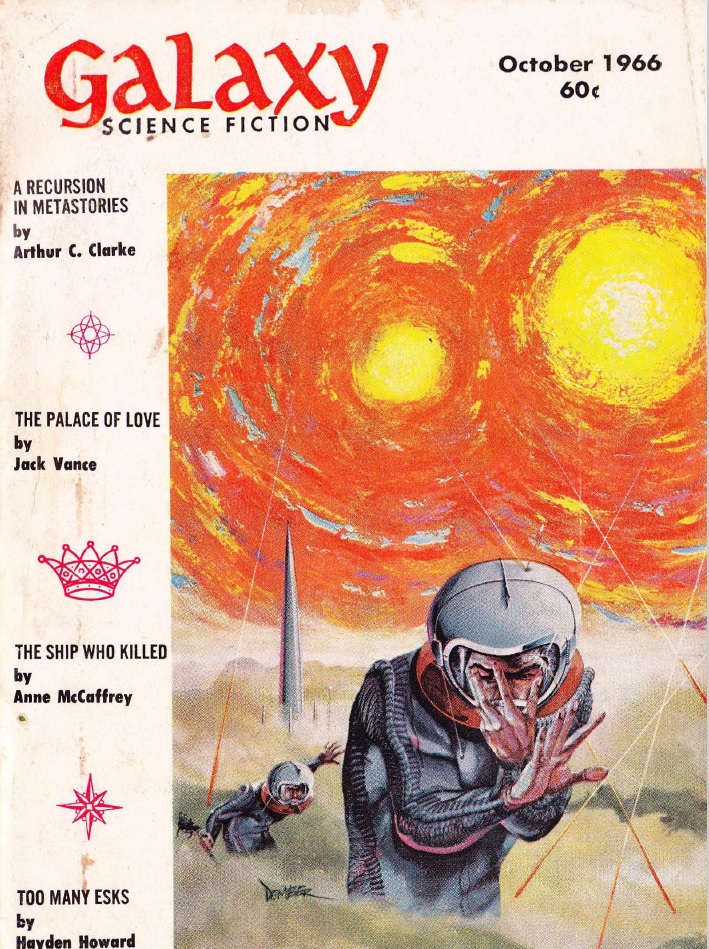
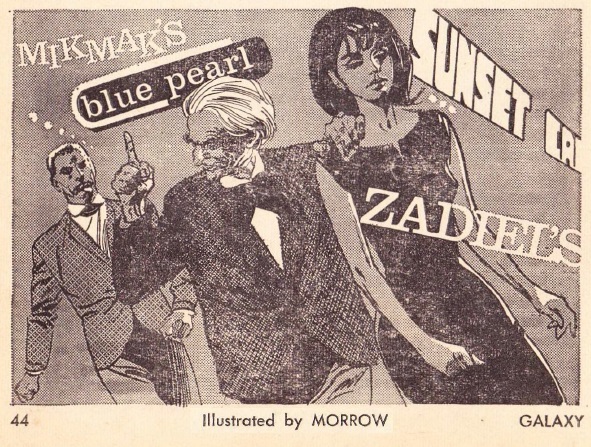
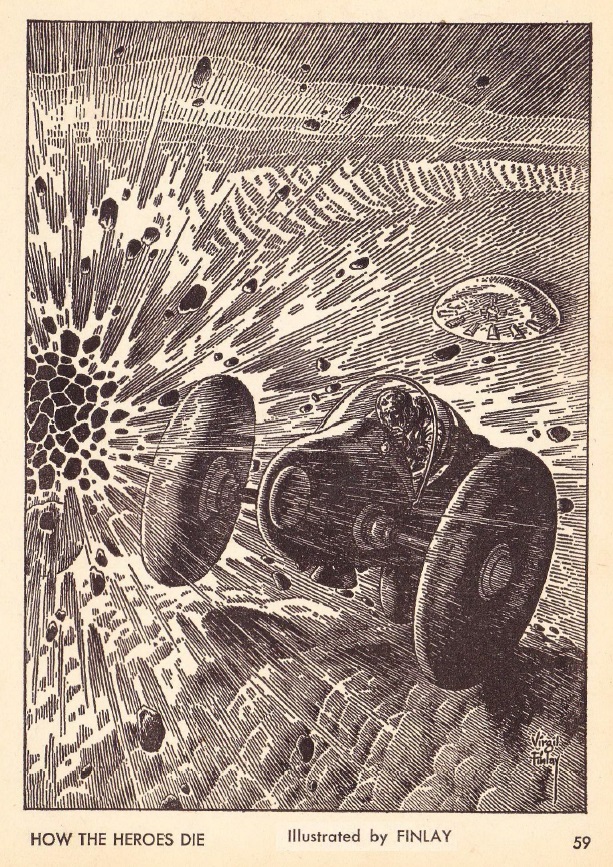

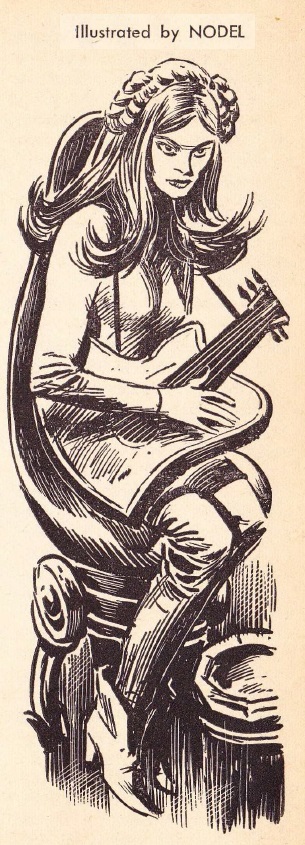
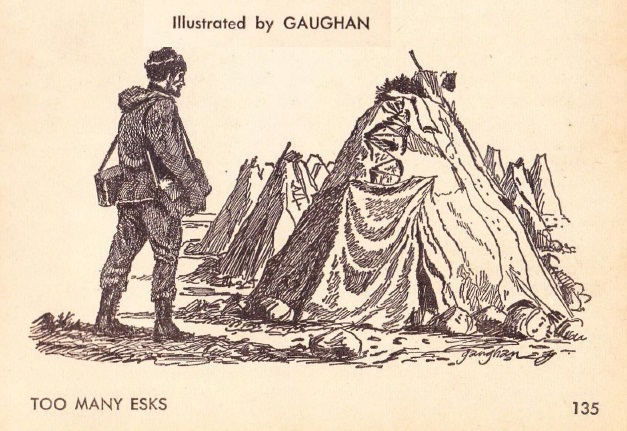
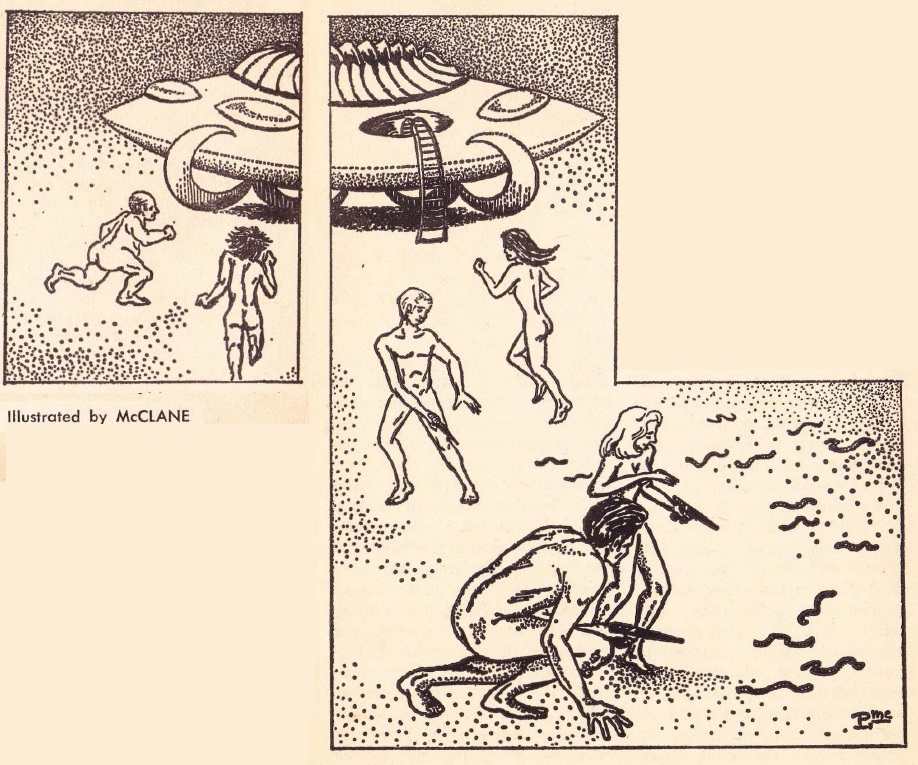
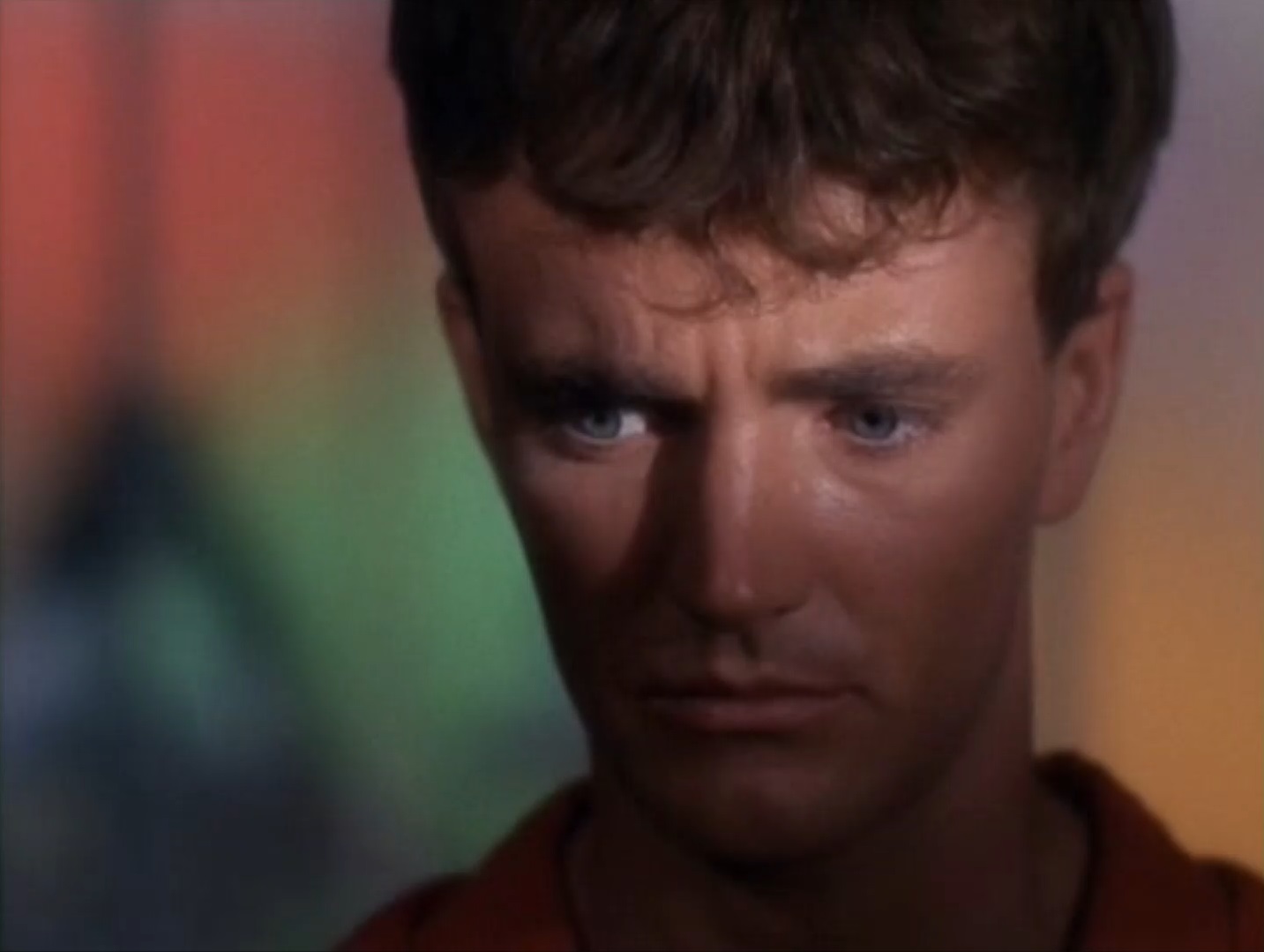
![[September 12, 1966] Boldly Going (<i>Star Trek</i>'s "The Man Trap")](https://galacticjourney.org/wp-content/uploads/2021/09/660914title-672x372.jpg)




















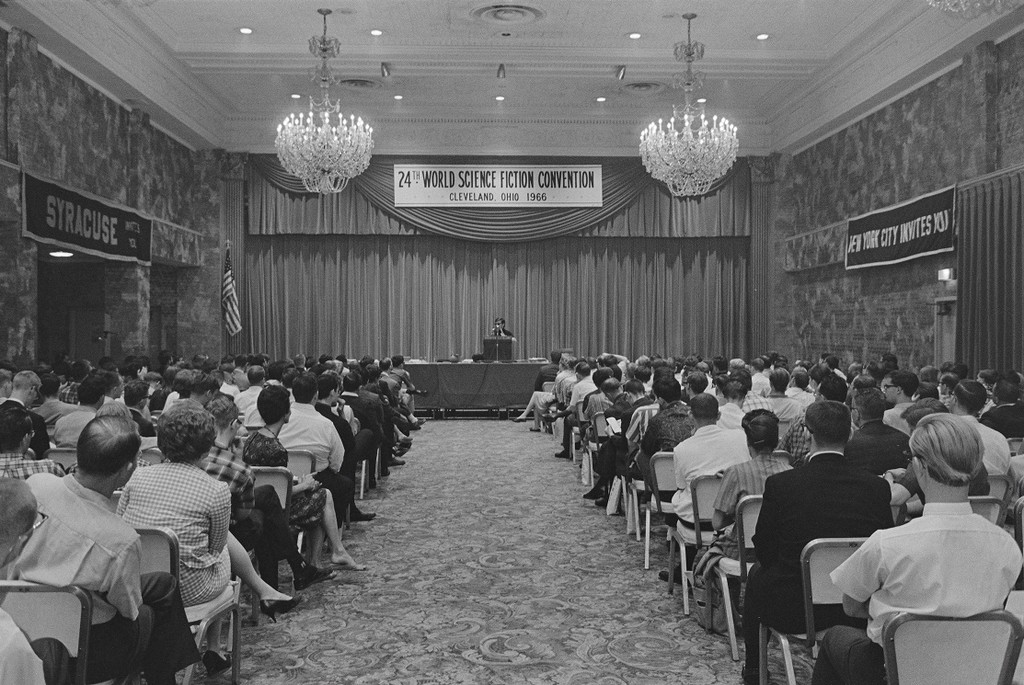














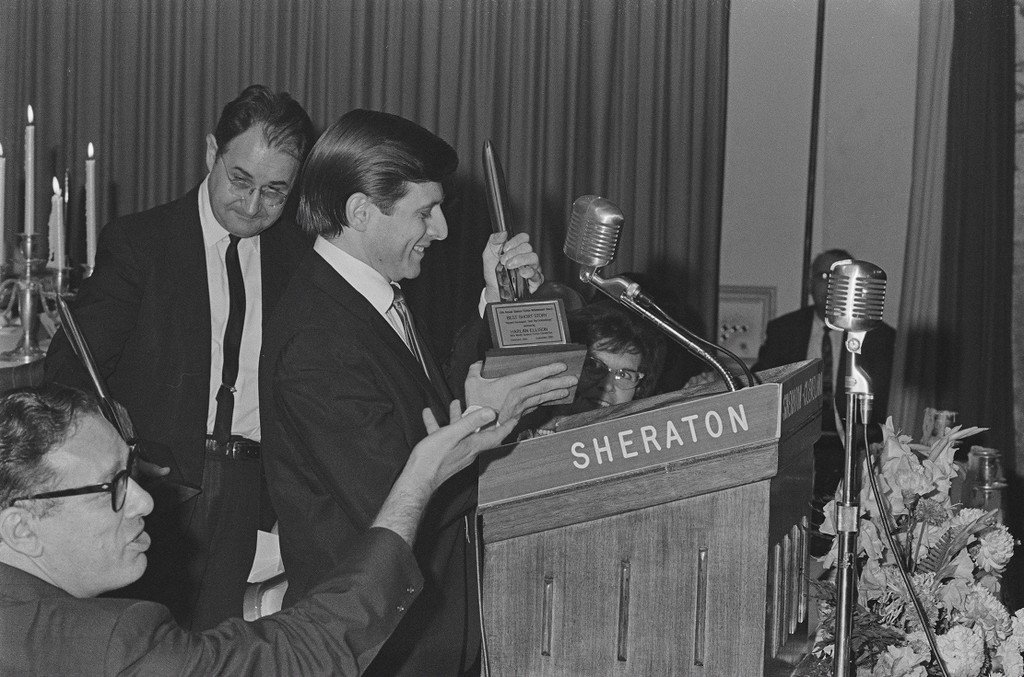

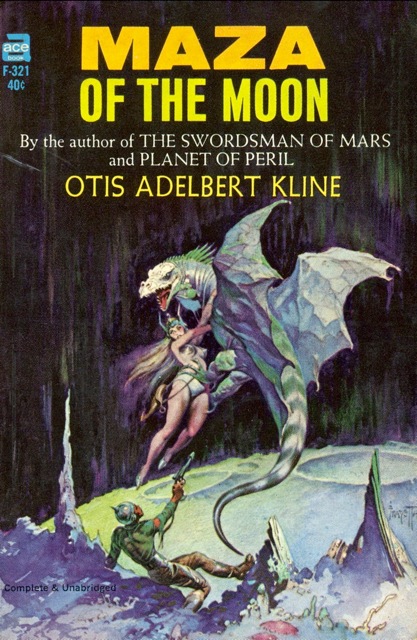





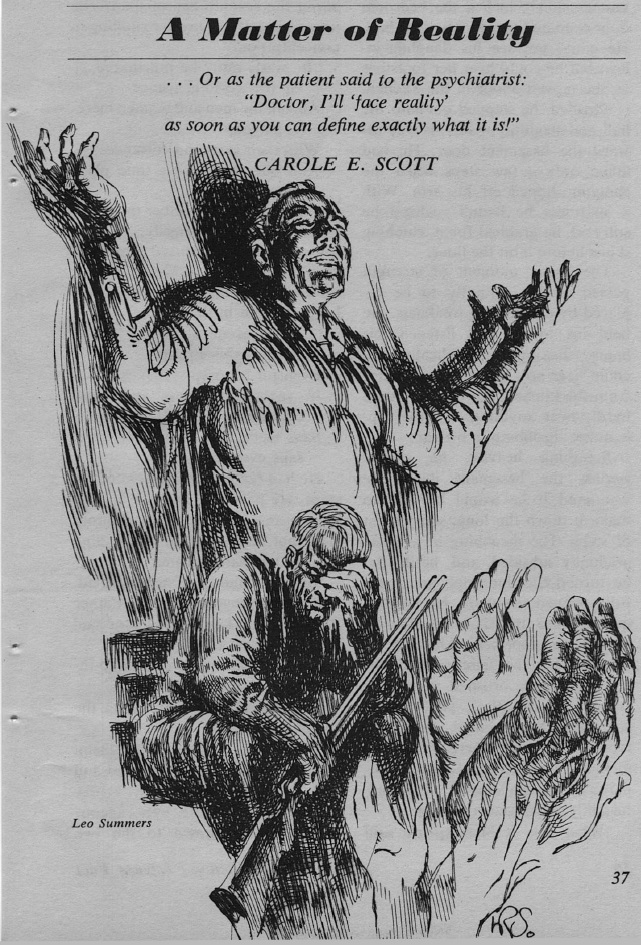







![[August 20, 1966] Looking forward, looking back (September 1966 <i>Fantasy and Science Fiction</i>)](https://galacticjourney.org/wp-content/uploads/2021/08/660820cover-672x372.jpg)



![[July 31, 1966] Dimmed lights (August 1966 <i>Analog</i>)](https://galacticjourney.org/wp-content/uploads/2021/07/660731cover-672x372.jpg)

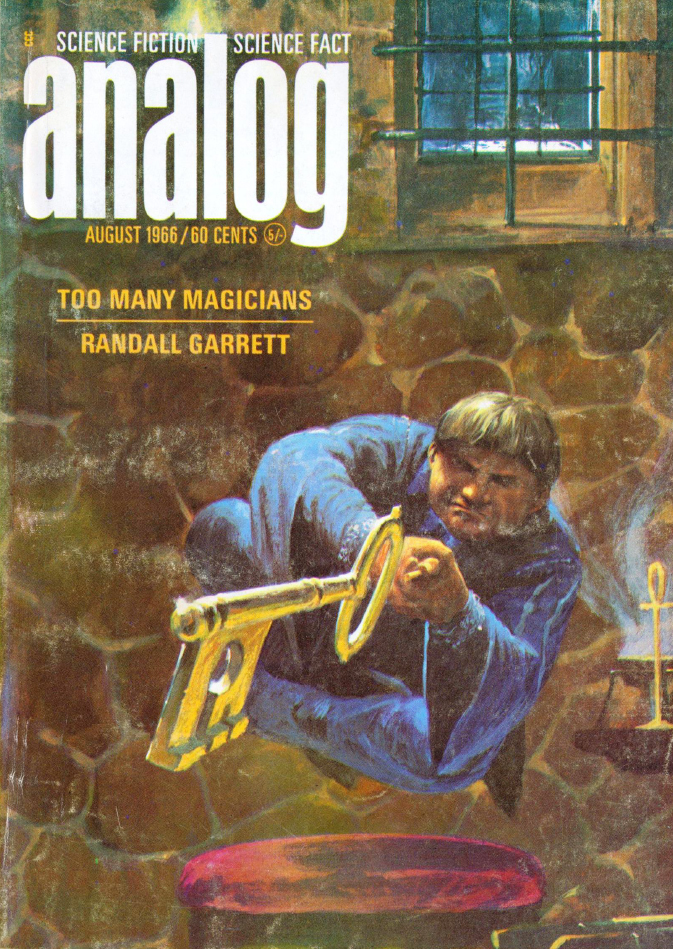
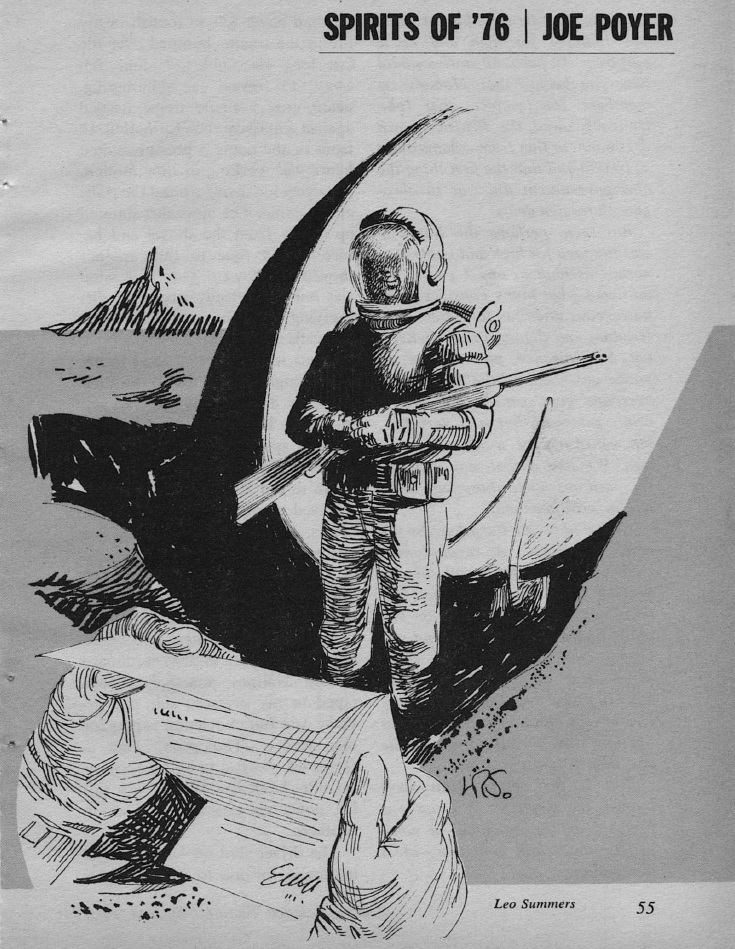
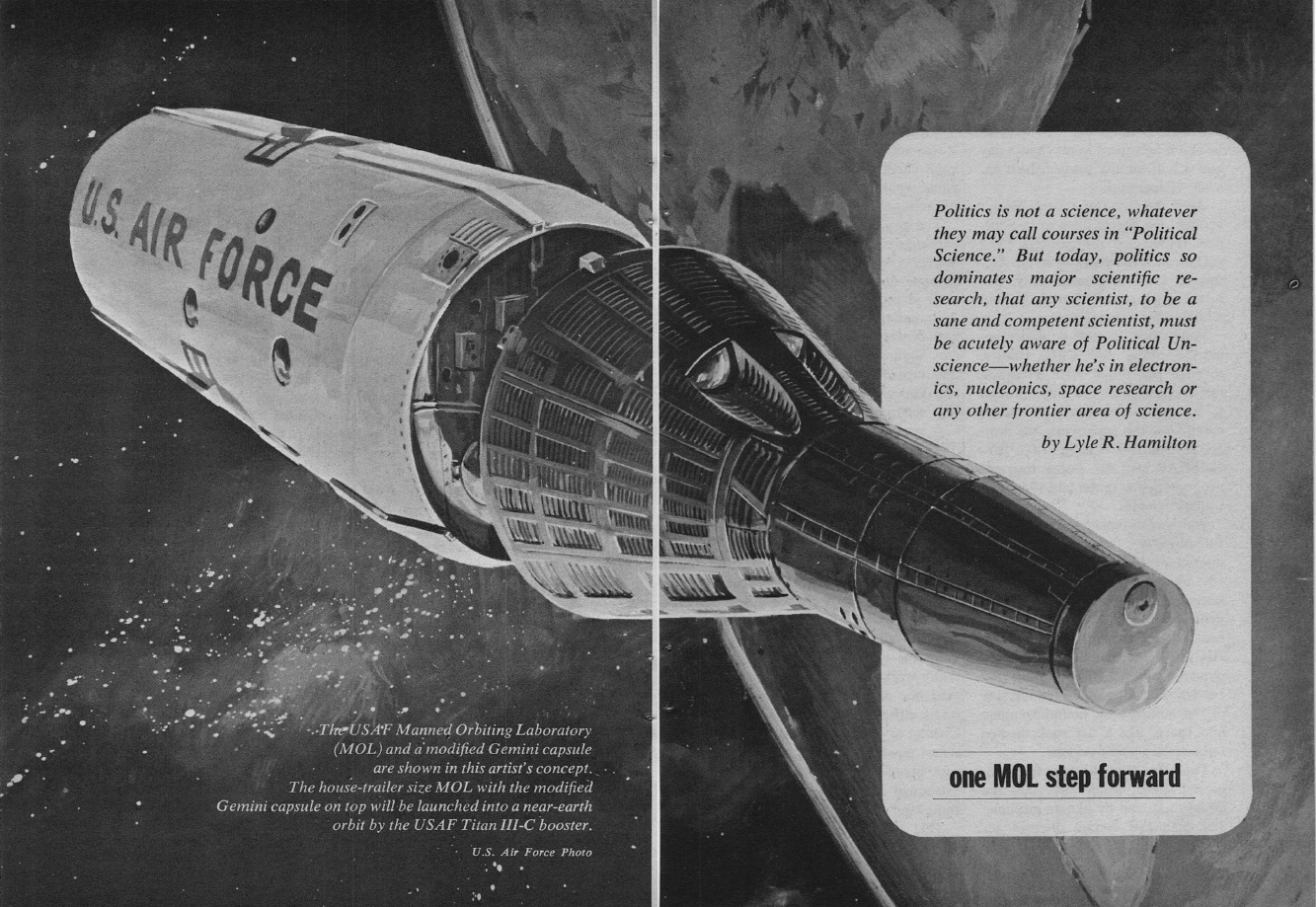


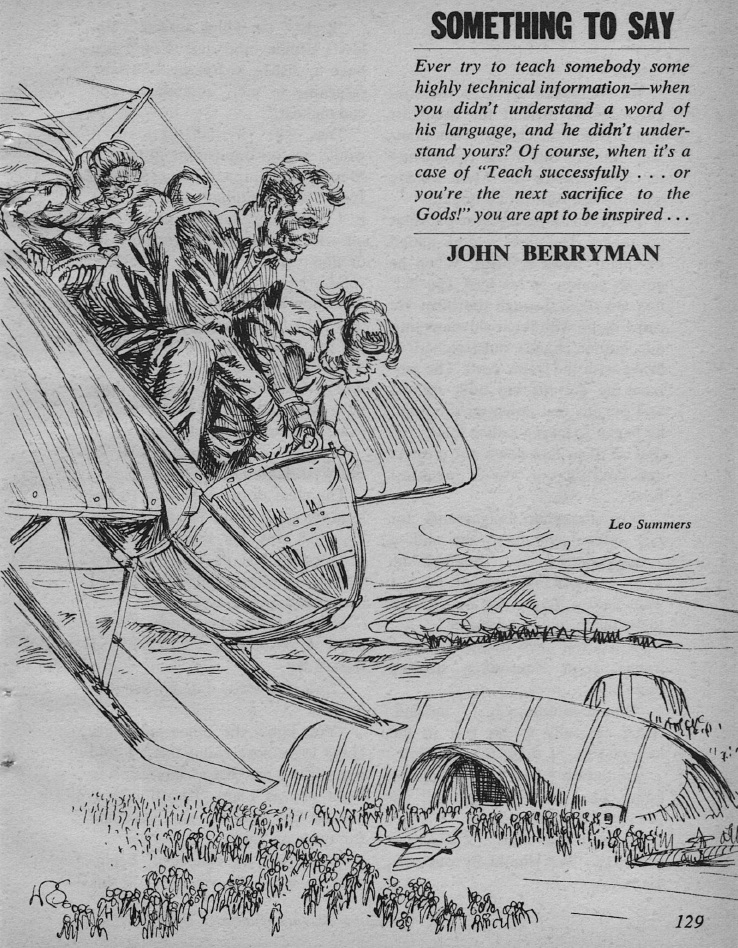

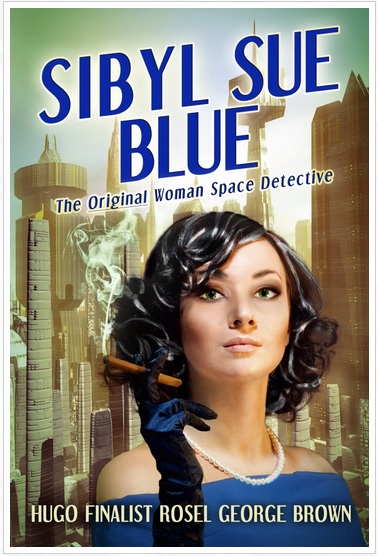
![[July 20, 1966] An Endless Summer (August 1966 <i>Fantasy and Science Fiction</i>)](https://galacticjourney.org/wp-content/uploads/2021/07/660720cover-672x372.jpg)






![[July 16, 1966] Onward and Upward! (Apollo, Australia, and OV)](https://galacticjourney.org/wp-content/uploads/2021/07/660705launch4-1-672x372.jpg)



